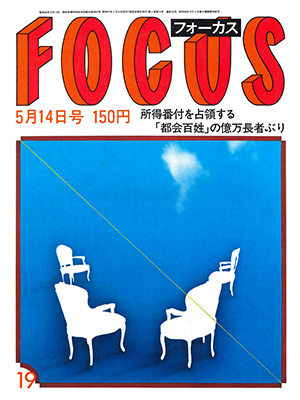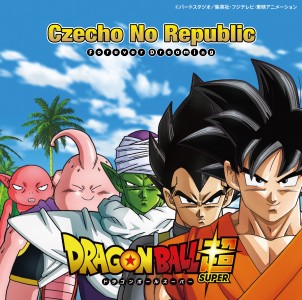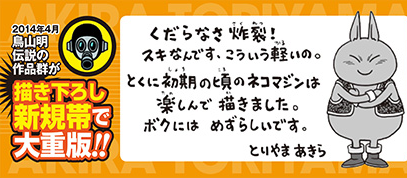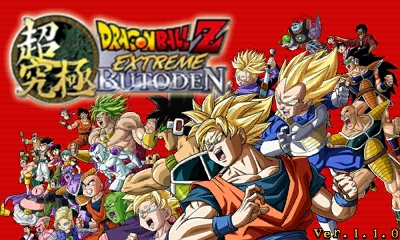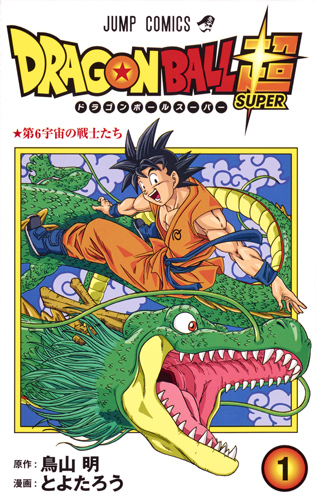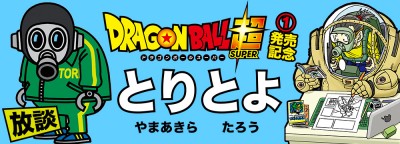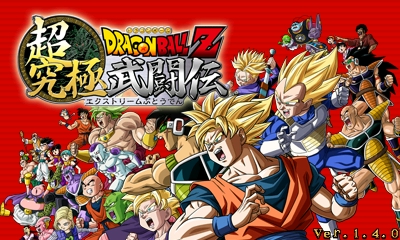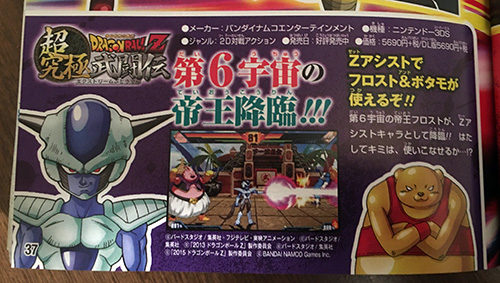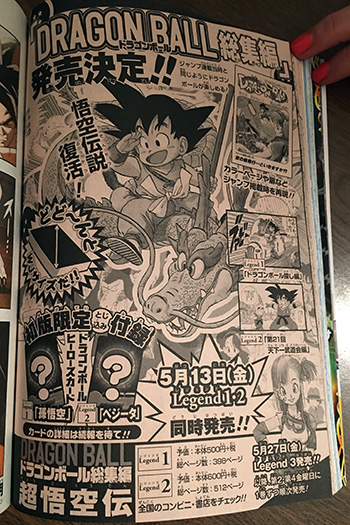Dragon Ball received several highly-interesting guide books during its original serialization. These special issues of Jump — “mooks” (a combination of “magazine” and “book”) — would be released in promotion of the latest story arcs. A recent example might be 2015’s Dragon Ball Super: Super Start Guide, a book actually released prior to its respective television debut which shares early story beats and interviews with directorial and creative staff members.
1989 saw the release of the Jump Gold Selection: Dragon Ball Z Anime Special “mook” followed by a second volume in 1991. These mid-serialization “mooks” served as the first cataloged point of several tidbits of information which would later be cited in the Daizenshuu.
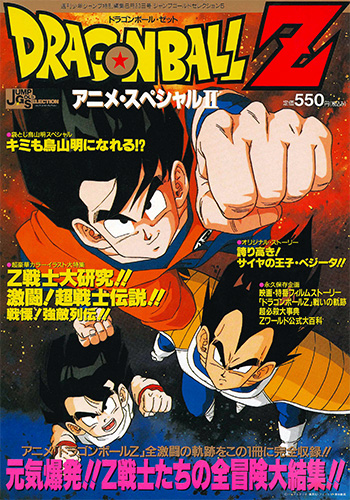
This second book includes a roundtable interview/discussion entitled “Super Anime-jin” (or just “Super Anime People”) with seven key players:
- Kenji Shimizu: Fuji TV Producer
- Daisuke Nishio: Series Director
- Takao Koyama: Series Organizer
- Kōzō Morishita: Toei Animation Producer
- Masako Nozawa: Voice of Son Goku & Son Gohan
- Akira Toriyama: Original Creator
- Minoru Maeda: Chief Animator
The “mook” itself was released 06 June 1991 (as cited by Toriyama himself in the weekly comments for Chapter 327 of the manga). The roundtable discussion — which appears to have taken place at a Chinese restaurant and at an actual round table — must have taken place some time between April and early-June 1991 due to comments made about the impending theatrical release of Dragon Ball Z Movie 5. This places many of the comments in a fascinating historical context, such as scenario writer Takao Koyama noting:
By the way, since Kaiō is the Kaiō of the North Galaxy… That means there must be a South, East, and West Galaxy, as well…
In the discussion, Akira Toriyama remarks that the Bardock TV special made him cry, a comment he would later echo in his 1995 Daizenshuu #6 interview, and consistently-so yet again in 2011 with his special comments for the Bardock and Trunks “Special Selection DVD” home release.
Koyama:
Well, at first, we were talking about whether we could do that for a theatrical movie.
Morishita:
Whether we could do something in the form of Goku vs. Goku’s father.
Koyama:
However, without resorting to time travel or some-such, he wouldn’t be able to fight against Goku… And before long, the conversation shifted to, “In that case, perhaps it would be all right to have a story depicting Goku’s father.”
Toriyama:
That special was good. I cried. How come you can make a story so much better than the original manga? (laughs)
Koyama:
But after that, you made use of the setting from that time in the original manga, and I was truly grateful.
Toriyama:
Well, that’s because I wanted to use it, no matter what…
The staff also detail the somewhat-hidden name pun source behind “Coola”:
Koyama:
It’s called The Incredible Strongest vs. Strongest, and would you believe it, Freeza’s brother, named Coola, appears…
Morishita:
The origin of the name is interesting…
Koyama:
Yes, that’s right. I was talking about how I’d eaten something called “ice-cream manjū” back when I was in Kiryū, and Morishita-san said he remembered that sort of thing, too. Since Morishita-san is from Shizuoka, I asked him if they say “kuu zura”4 or something in Shizuoka, and he said, “No, we say ‘kuu ra’.” (laughs)
Morishita:
There’s no “zu”. (laughs)
Koyama:
So, Coola! And, we ended up saying, “Let’s just go with that, then”.
This interview has been archived in our “Translations” section.
